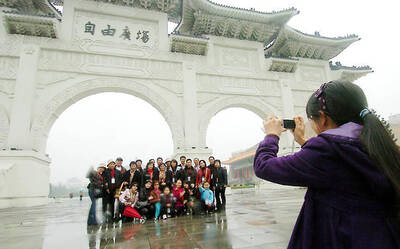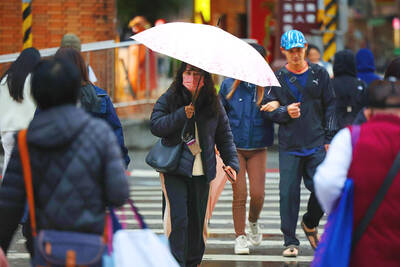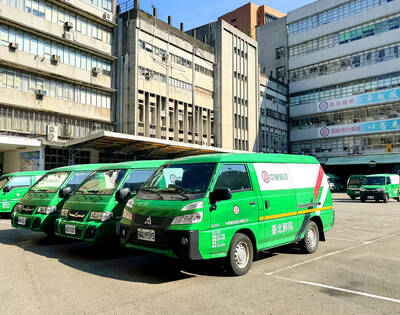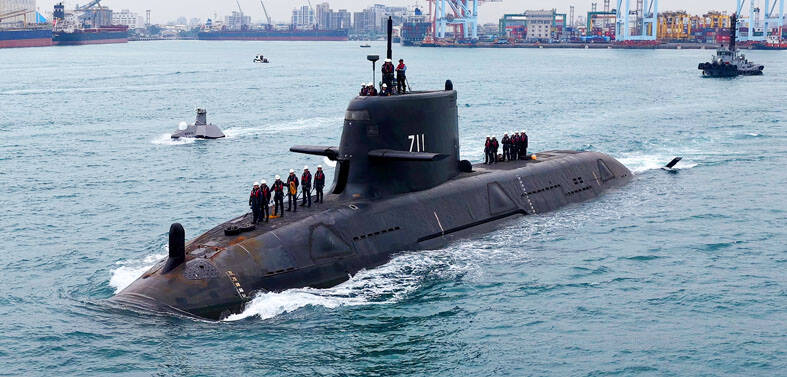As Taiwan awaits Washington’s decision on whether it will sell the Lockheed Martin F-16C/D aircraft Taipei has been seeking since 2007, rumors are now emerging that Taipei’s request for preferred radar system for an upgrade program for its ageing F-16A/Bs might also be encountering difficulties.
The US government is scheduled to announce on Oct. 1 — national day in the People’s Republic of China — whether it will proceed with the sale of 66 F-16C/Ds to Taiwan or limit itself to a US$4.5 billion upgrade for Taiwan’s 144 F-16A/Bs acquired in the early 1990s.
Taiwan does not regard the upgrades as an alternative to the F-16C/Ds and maintains that the two options must be exercised to ensure a balance of air power in the Taiwan Strait.
In addition to new electronic warfare systems, radio, engines and missiles, one key component of the upgrade would be the acquisition of advanced active electronically scanned array (AESA) radar, a “drop in” modular system regarded as an ideal option to give aging fighter fleets the world over a second life, especially as countries are becoming increasingly reluctant to acquire the problem-plagued F-35.
Aside from nearly doubling the range of the standard mechanically scanned array (MSA) radar currently used on the F-16, AESA radars can operate in all weather and provide multifunction, ultra-high resolution air-to-air and air-to-ground coverage.
However, US officials are divided on whether to provide Taiwan with AESA technology over fears of possible technological transfer to China. One US source recently referred to the AESA program as currently being “off the radar” in Washington, with no movement on an eventual release.
Defense experts nevertheless believe the AESA has a better chance of being released as a consolation prize if the US turns down Taiwan’s request for the F-16C/Ds.
A senior defense industry official involved in the F-16 program confirmed to the Taipei Times at the Taipei Aerospace and Defense Technology Exhibition yesterday that the Taiwanese Air Force had signaled its intent to Washington to purchase a total of 144 AESA radar units to retrofit all its F-16A/Bs.
The likeliest candidate to provide Taiwan with ASEA radar is Raytheon, with its Raytheon Advanced Combat Radar (RACR), with Northrop Grumman’s Scalable Agile Beam Radar (SABR) the other option. Both are optimized to fit F-16 aircraft.
If Taiwan failed to obtain AESA radar, an alternative would be less advanced updates to the current ones used on its F-16s.
Speaking at the Paris Air Show in late June, Mark Kula, vice president for tactical airborne systems at Raytheon said the company hoped to have “some sort of go ahead” on a production contract for the RACR “within the year.”
Defense analysts then said the first customer would be either Taiwan or South Korea, which are both seeking to modernize their F-16s.
Drew Robbins, manager of the F-16 radar programs at Raytheon, told the Taipei Times yesterday that the RACR was fully developed and operational and that a number of countries in Asia had expressed interest buying it, though no orders had been placed yet.
He would not provide figures on cost per unit.
Asked if costs or other considerations were behind the apparently stalled efforts to secure AESA radar for Taiwan, officials at Raytheon denied this was the case, adding that the problem was more political and set in Washington.

NUMBERS IMBALANCE: More than 4 million Taiwanese have visited China this year, while only about half a million Chinese have visited here Beijing has yet to respond to Taiwan’s requests for negotiation over matters related to the recovery of cross-strait tourism, the Tourism Administration said yesterday. Taiwan’s tourism authority issued the statement after Chinese-language daily the China Times reported yesterday that the government’s policy of banning group tours to China does not stop Taiwanese from visiting the country. As of October, more than 4.2 million had traveled to China this year, exceeding last year. Beijing estimated the number of Taiwanese tourists in China could reach 4.5 million this year. By contrast, only 500,000 Chinese tourists are expected in Taiwan, the report said. The report

Temperatures are forecast to drop steadily as a continental cold air mass moves across Taiwan, with some areas also likely to see heavy rainfall, the Central Weather Administration (CWA) said. From today through early tomorrow, a cold air mass would keep temperatures low across central and northern Taiwan, and the eastern half of Taiwan proper, with isolated brief showers forecast along Keelung’s north coast, Taipei and New Taipei City’s mountainous areas and eastern Taiwan, it said. Lows of 11°C to 15°C are forecast in central and northern Taiwan, Yilan County, and the outlying Kinmen and Lienchiang (Matsu) counties, and 14°C to 17°C

SHIPS, TRAINS AND AUTOMOBILES: The ministry has announced changes to varied transportation industries taking effect soon, with a number of effects for passengers Beginning next month, the post office is canceling signature upon delivery and written inquiry services for international registered small packets in accordance with the new policy of the Universal Postal Union, the Ministry of Transportation and Communications said yesterday. The new policy does not apply to packets that are to be delivered to China, the ministry said. Senders of international registered small packets would receive a NT$10 rebate on postage if the packets are sent from Jan. 1 to March 31, it added. The ministry said that three other policies are also scheduled to take effect next month. International cruise ship operators

STEERING FAILURE: The first boat of its class is experiencing teething issues as it readies for acceptance by the navy, according to a recent story about rudder failure The Hai Kun (海鯤), the nation’s first locally built submarine, allegedly suffered a total failure of stern hydraulic systems during the second round of sea acceptance trials on June 26, and sailors were forced to manually operate the X-rudder to turn the submarine and return to port, news Web site Mirror Daily reported yesterday. The report said that tugboats following the Hai Kun assisted the submarine in avoiding collisions with other ships due to the X-rudder malfunctioning. At the time of the report, the submarine had completed its trials and was scheduled to begin diving and surfacing tests in shallow areas. The X-rudder,